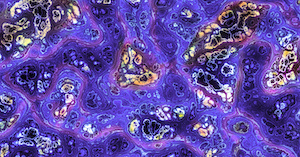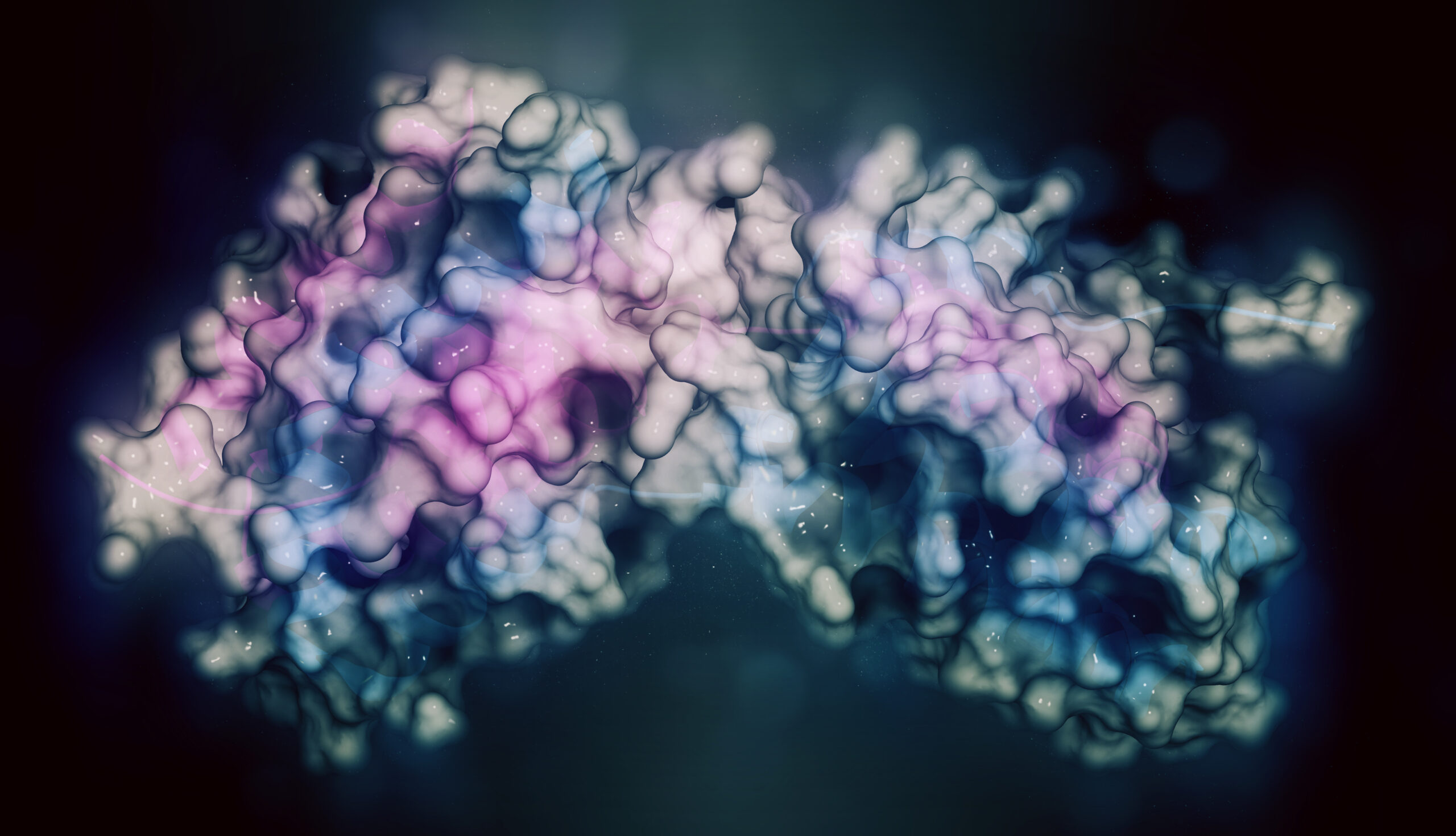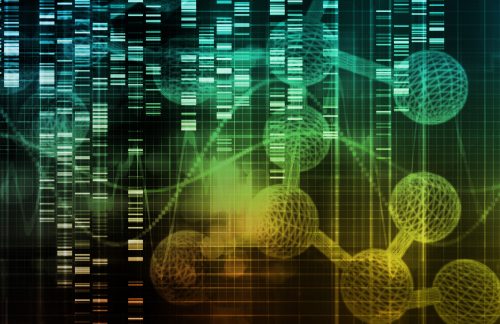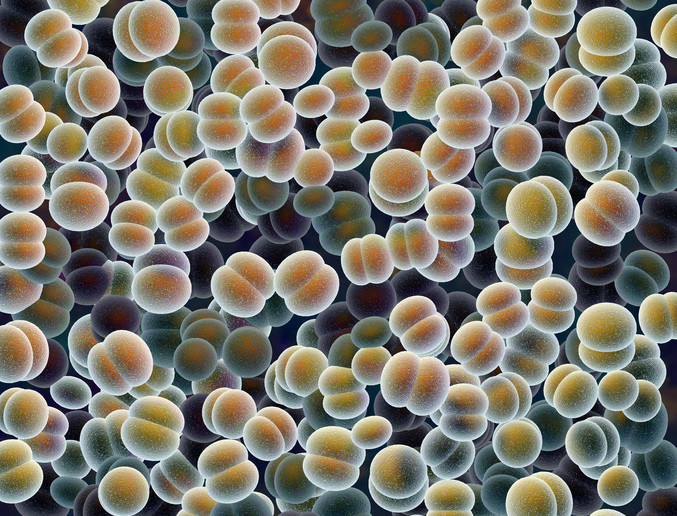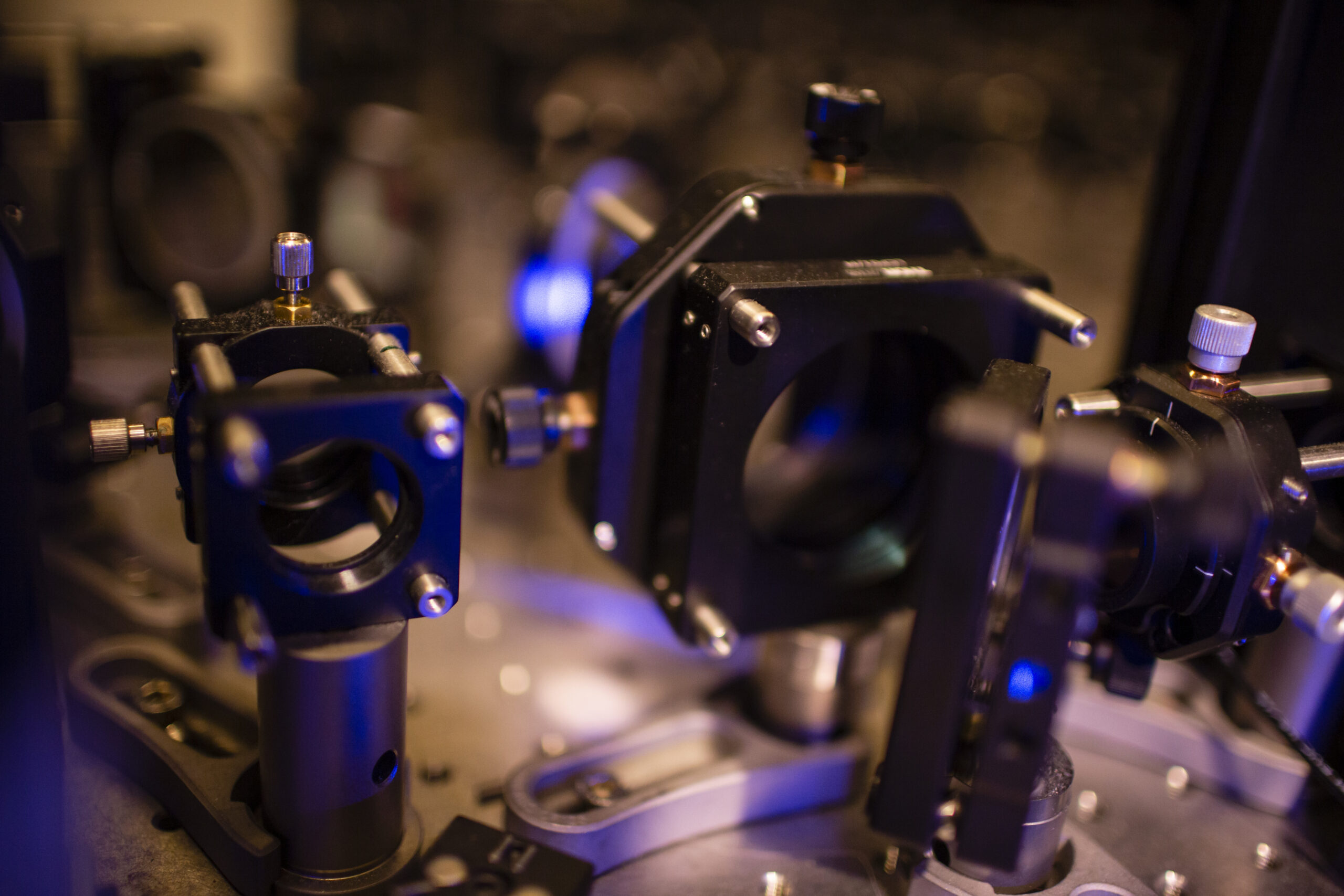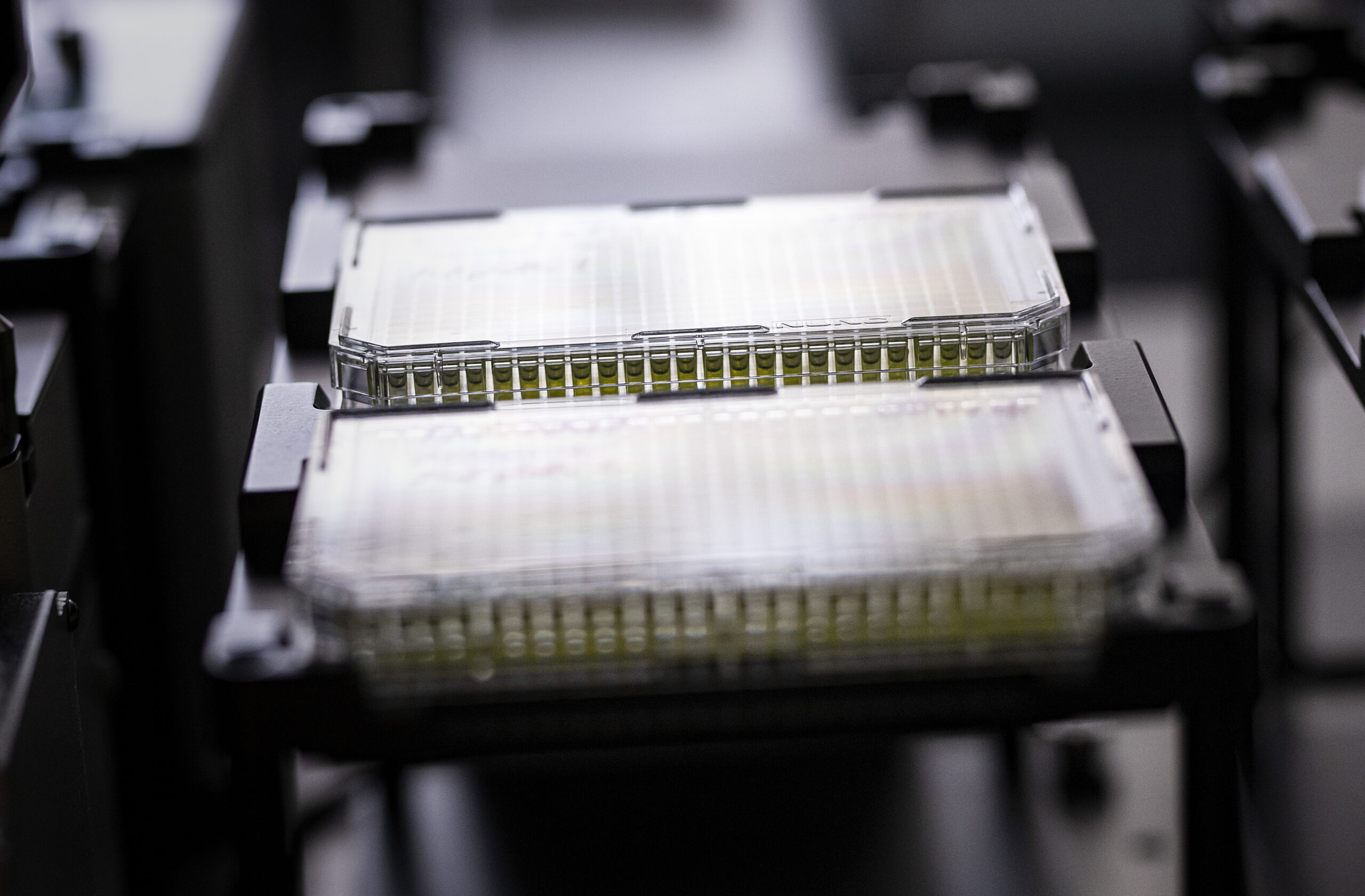Services provided by our national research infrastructure
At SciLifeLab, we provide access to a range of pioneering technologies in molecular biosciences. Together, our capabilities enable the scientific endeavours of users from academia, industry and health care. Dedicated staff scientists can offer support throughout the experimental process – from study design to data handling.
Regardless of your particular field of work, you are welcome to seek support from units at SciLifeLab. Most of our technologies are agnostic to applications, meaning they can be used to address questions in a range of life science disciplines, e.g. precision medicine, ecosystem surveillance and evolutionary biology.
Questions? Contact info@scilifelab.se
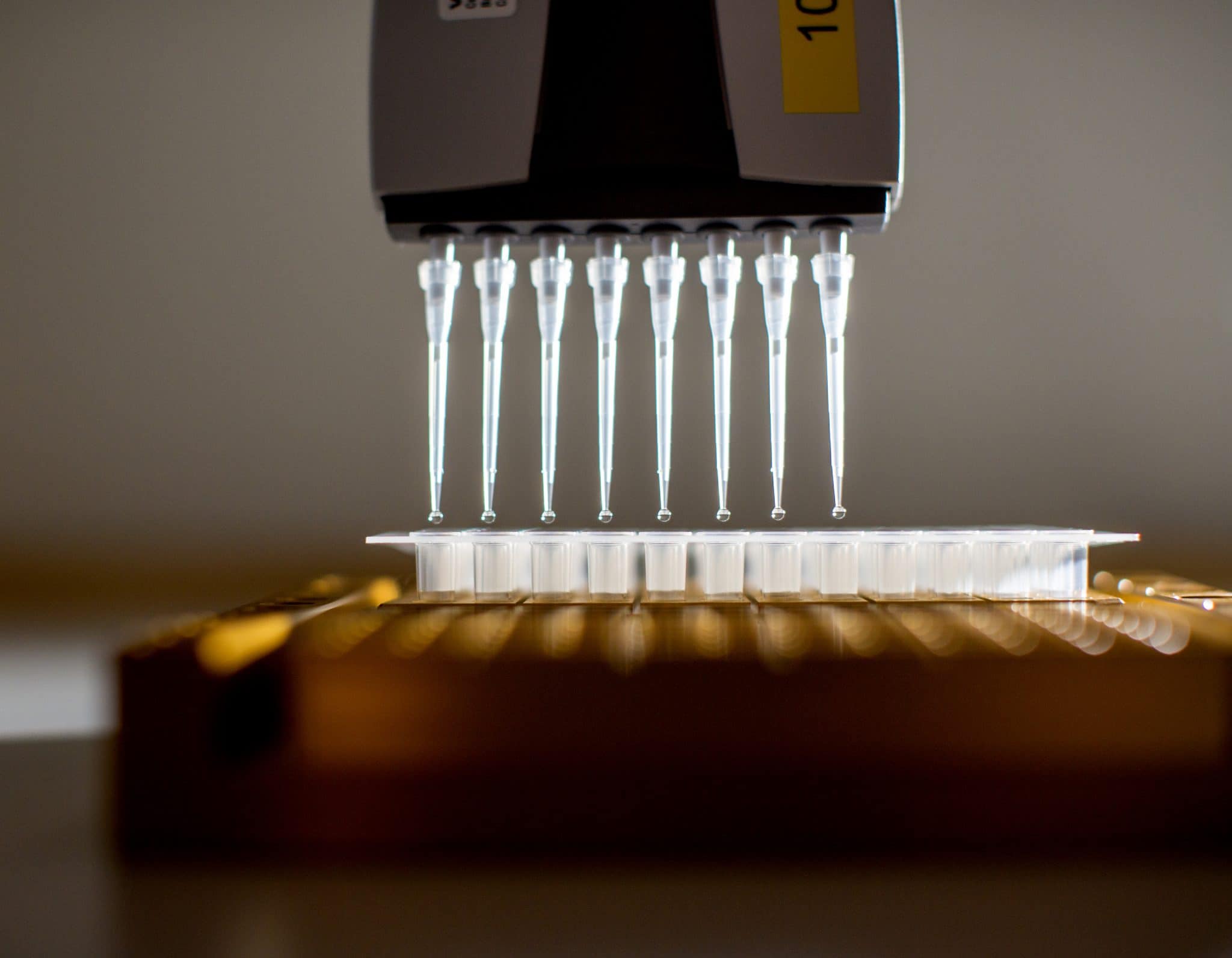
Explore our infrastructure
Select relevant technologies or platforms to navigate to relevant infrastructure services or technologies.
Recent user publications
The publications in this database are the result of research conducted at the units of SciLifeLab – both in user projects and technology development.
Modelling age at death reveals Nordic Corded Ware paleodemography
A. Tornberg, H. Vandkilde,
Archaeol Anthropol Sci17 (2)
Structure of the T=13 capsid of infectious pancreatic necrosis virus (IPNV)-a salmonid birnavirus.
A. Munke, A. Ahmed Abdelrahim Gamil, AB. Mikalsen, H. Wang, Ø. Evensen, K. Okamoto,
A thermoplastic chip for 2D and 3D correlative assays combining screening and high-resolution imaging of immune cell responses.
H. van Ooijen, Q. Verron, H. Zhang, (…), AK. Wagner, N. Sandström, B. Önfelt,
Spatial transcriptomics unveils estrogen-modulated immune responses and structural alterations in the ectocervical mucosa of depot medroxyprogesterone acetate users.
V. Kaldhusdal, MF. Boger, A. Tjernlund, (…), K. Fowke, P. Czarnewski, K. Broliden,
Sci Rep15 (1) 1014
Spatiotemporal single-cell roadmap of human skin wound healing.
Z. Liu, X. Bian, L. Luo, (…), P. Sommar, D. Li, NX. Landén,
Dark carbon fixation is a common process in the water column of stratified boreal lakes.
G. Martin, AJ. Rissanen, SL. Garcia, S. Peura,
Sci. Total Environ.958 177433
By the numbers
Users across sectors
In 2024, SciLifeLab served about 1,900 unique users. 22% of the users were based in healthcare, industry and other governmental agencies. The remaining portion were based in academia.

Academic users
As SciLifeLab is a national infrastructure, the distribution of users is an important metric. In 2024, SciLifeLab served a total of 1,640 academic users – 60 % of which were based at institutions outside of SciLifeLab’s founding universities.

Infrastructure organization
Our national infrastructure is made up of ten technology platforms, each of which comprises a number of service units and are managed by appointed Platform Directors. For every unit, there is a Platform Scientific Director leading the scientific direction and a Head of Unit in charge of the daily operations.
Platform management

FAQ
Who can get support from SciLifeLab?
SciLifeLab is a national resource, open for researchers within academia, health care and industry from all over Sweden. International users are also welcome.
What does it cost to use technologies and expertise from SciLifeLab?
Swedish academic researchers using the platforms and units available at SciLifeLab typically pay for reagents, consumables, instrument time and part of labor related costs. Users from health care and companies are charged according to a full cost model. International academic users are also usually charged full cost, but are advised to contact the platform or unit directly to get information about the corresponding user fee policy.
What is the Human Protein Atlas (HPA)?
The Human Protein Atlas (HPA) is a Core Biodata Resource led from SciLifeLab. Established in 2003, HPA’s mission is to map all human proteins across cells, tissues, and organs using diverse omics technologies, including antibody-based imaging, mass spectrometry proteomics, transcriptomics, and systems biology. The HPA’s open-access data repository empowers scientists in academia and industry alike to explore the human proteome freely.
What is the relation between SciLifeLab and Human Protein Atlas?
The Human Protein Atlas is a Global Core Biodata Resource in life sciences, based at SciLifeLab. As an open-access initiative, Human Protein Atlas has been selected by ELIXIR, as a core research infrastructure in Europe.
How do you prioritize among projects?
The prioritization of service requests and project proposals differs between platforms and units, and is also dependent on the scope of the request. For standardized services, the “first-come first-served” principle is usually employed, while more comprehensive project proposals are prioritized based on feasibility analyses and judged degree of scientific impact. For large scale projects, platforms and units usually consult external prioritization bodies for the selection process. For more information, please contact the platform or unit directly.
What’s the waiting time for analysis and/or feedback?
Waiting times varies between platforms and unit, and is highly dependent on the current demand from users, as well as on the type and amount of analyses and services asked for. Please contact the platform or unit directly describing your request to get an estimate on the waiting time.
